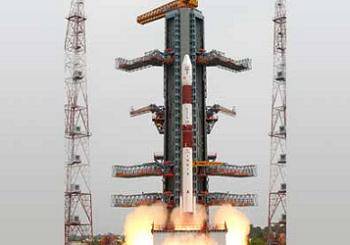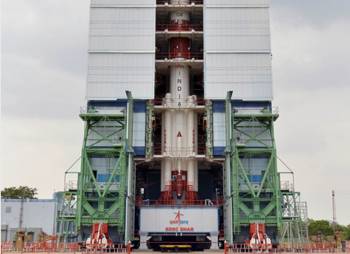ScienceRocks
Democrat all the way!
- Thread starter
- Banned
- #601
http://www.ndtv.com/india-news/manga...-longer-749045
India's maiden mission to Mars, Mangalyaan, has successfully completed six months in the Red Planet's orbit - the nominal period for which it was originally designed. The satellite could, however, last a long time in the Martian orbit, thanks to the Indian Space Research Organisation (ISRO)'s frugal ways.






